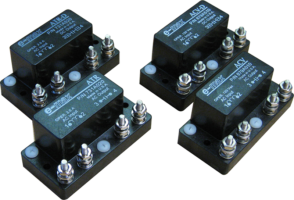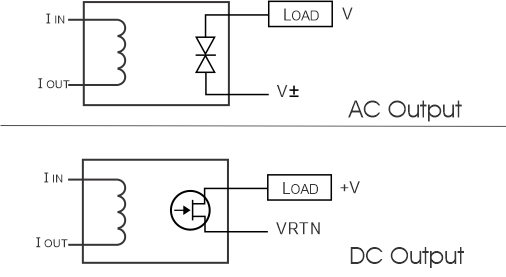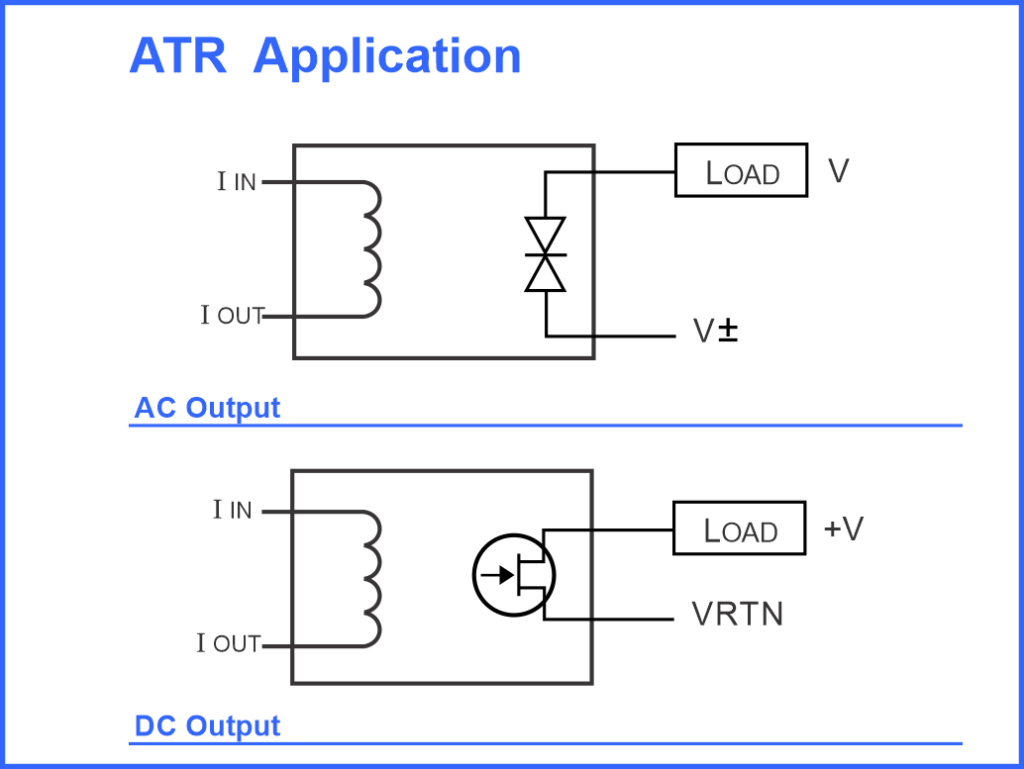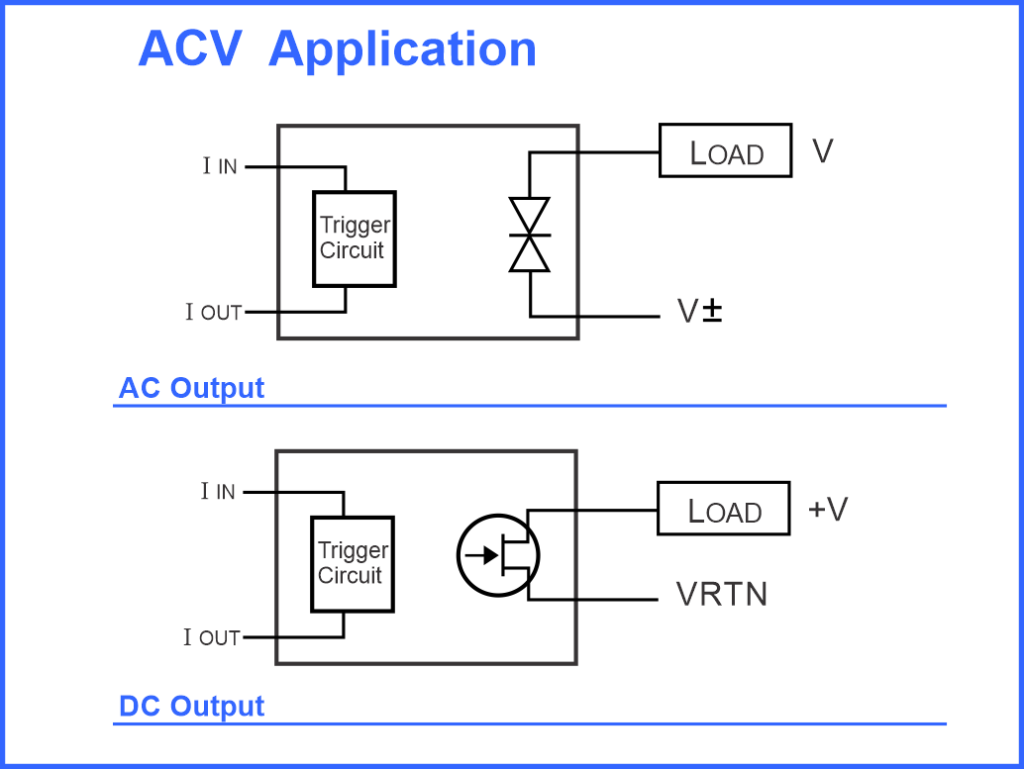AC Relays
| Part Number | Model | Rating | Output Switch - V Max |
| 731A010 | ATR | 1 A | 250 Vac rms |
| 731A020 | ATR | 2A | 250 Vac rms |
| 731A050 | ATR | 5 A | 120 Vac rms |
| 731A510 | ATR-D | 1 A | 125 Vdc |
| 731A520 | ATR-D | 2 A | 125 Vdc |
| 731A550 | ATR-D | 5 A | 125 Vdc |
| 879A010 | ACV | 120 Vac | 250 Vac rms |
| 879A020 | ACV | 220 Vac | 250 Vac rms |
| 879A510 | ACV-D | 120 Vac | 125 Vdc |
| 879A520 | ACV-D | 220 Vac | 125 Vdc |
AC Relays
The E-MAX ATR and ACV Relays are the AC equivalents of the industry standard E-MAX TIR Trip Indication Relays and AVR Auxiliary Voltage Relays. While the TIR and AVR Relays are designed for use in DC trip circuits, the ATR and ACV are designed for use in AC trip circuits. The relay outputs may be used to record breaker, relay, communication and control system operations, and to activate alarm and/or annunciator contacts. Relays do not require standby power to operate; they are powered by their inputs.
Types ATR and ATR-D detect AC current in power system trip circuits. Types ACV and ACV-D detect AC voltages. Type ATR and ACV are designed for switching AC loads; Type ATR-D and Type ACV-D are for switching DC loads. The entire line of ATR and ACV relays are solid state with inputs designed to withstand overloads to ensure safe operation. The relay cases are molded of rugged glass-filled polycarbonate having high dielectric strength with rigid terminal studs for ease in mounting and connection. The relays are isolated from the mounting surface to over 2500 Vrms.
| Minimum Operating | 80% |
| Output Switch Current Max | 1 A - Derate above 60 degrees C |
| Operating Temperature: | 0 to 50 degrees Centigrade |
| Life Expectancy: | 1 x 106 Operations Minimum |
| Storage Temperature: | -54 to 85 degrees C |
| Weight: | 12 oz maximum Form C, Form A 14 oz maximum 2 Form A |
| Altitude Range: | 0 to 50,000 feet |
| Moisture Resistance: | 95% Relative Humidity |
| Cycling Rate: | 60 cps maximum |
E-MAX AC Relays are RoHS Compliant
The substances banned under RoHS are lead (Pb), mercury (Hg), cadmium (Cd), hexavalent chromium (CrVI), polybrominated biphenyls (PBB) and polybrominated diphenyl ethers (PBDE).
 E-MAX Instruments
E-MAX Instruments 




